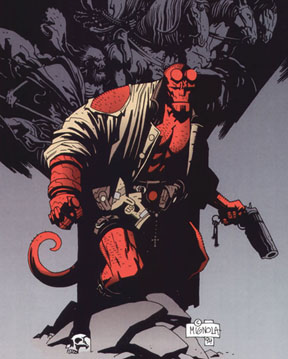I use black all the time, and in school my professors were always really annoyed whenever we said things like "aren't we supposed to not shade with black" because you do, all the time, even in realistic paintings.
But, there's a time and place. For me, I like to add black to neutralize my colors, and also to cool them. So, if I have alizarin crimson, I can add black and white, and get a much more pastel shade that isn't so harsh. It does have a tendency to feel like the color is pulled backward in 3d space, which is very helpful if that's what you're going for.
Black is also the color you use in occlusion shadows, which are shadows that can't have any bounce light (so your armpit, for instance, or underneath your shoes. Places light won't go) I like to add a little bit of red on there to make it a "hot" black (although it's not a hot shade usaully) so it feels a little more vibrant, but black works really well there.
There's also using black stylistcally, which we often do in comics, especially in Western comics, where all shadow can be black and it looks really good.

But overall, I think we were told to shy away from it so we'd be encouraged to see the turn of form as changing colors. So when I paint an apple, it's red--but the light side will be a different color of red than the shadow side. This is because light itself has a color to it, and shadow itself will also have a color transferring to the apple. This helps things look more 3d.
So use black in shadows? Yes. But only black? no. Not unless you're doing comics like Hellboy which...you might be, and that'd probably look really cool.